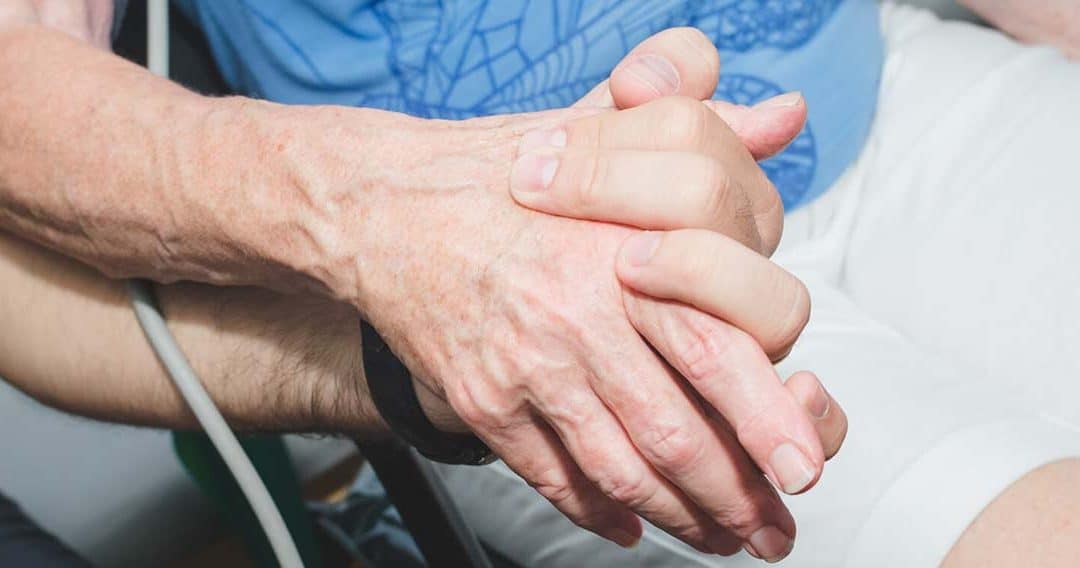Each year over 750,000 Americans will incur a stroke and be hospitalized. Depending on the type of stroke and the effects it has on the person, rehabilitation will require the interdisciplinary efforts of a Physical Therapist, Occupational Therapist, and Speech Therapist.
It is important that you have a dynamic therapy team get involved as soon as possible, as a person’s prognosis will improve by how soon they get into rehab.
But what is the right rehab setting for me?
This is a common question families have after their loved one is ready for discharge from the hospital. The most common route towards rehabilitation upon discharge from the hospital are Skilled Nursing Facilities, Inpatient Rehab, Outpatient Rehabilitation, or Home Health Agency. Depending on insurance, these options can sometimes be limited based on coverage. When a patient requires extra care and attention upon discharge from the hospital, the usual route is for them to go to a Skilled Nursing Facility/Inpatient Rehab. Upon discharge from a Skilled Nursing Facility it is recommended the patient follow up with either Outpatient Rehabilitation or have a Home Health Agency follow up in the patients’ home. When a patient is discharged home from either the hospital or Skilled Nursing Facility, it is highly recommended the patient complete therapy initially at home. By completing rehabilitation at home it affords the therapy team to help assess and modify the patients’ environment, as well as develop the patients’ physical and cognitive functions so they may continue to thrive at home. When a
patient is able to tolerate traveling as well as have the support for transportation, Outpatient services may be utilized.
“Different strokes for different folks”
Now while that saying may not have been literal towards incurring strokes, it still holds true. Depending on the part of the brain affected by the stroke, a person will have different outcomes and prognosis. For example one person’s stroke could affect their speech and cognition (i.e. aphasia, dysphasia) and preserve their gross and fine motor skills, while another person can become hemiplegic with motor functions compromised on half their body. These are
two of many varied outcomes that may happen after a stroke. Other common obstacles may include swallowing, balance, functional mobility and completing self-care tasks. When deciding which route to take following hospitalization, it is best to consult with your physician. While making the decision include factors such as the level of assistance and comfort they will initially require, as well as where it can be best provided. In many cases a patient will stay for approximately thirty days in a Skilled Nursing Facility or Inpatient Rehab, then follow up with Home Health services. With a dynamic Home Health team it would help the patient, family and caregivers in creating the optimal plan of care towards rehabilitation of both the patients’ Mind and Mobility


